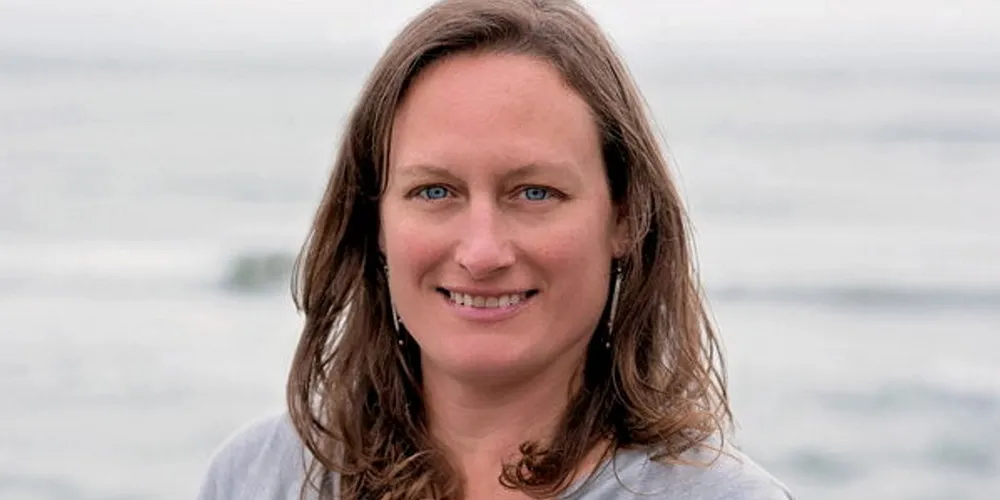New Alaska fisheries council nominee could shake things up on bycatch
Governor Inslee said in his nomination letter he wanted to appoint with "experience in the conservation and management of marine resources."

Governor Inslee said in his nomination letter he wanted to appoint with "experience in the conservation and management of marine resources."
